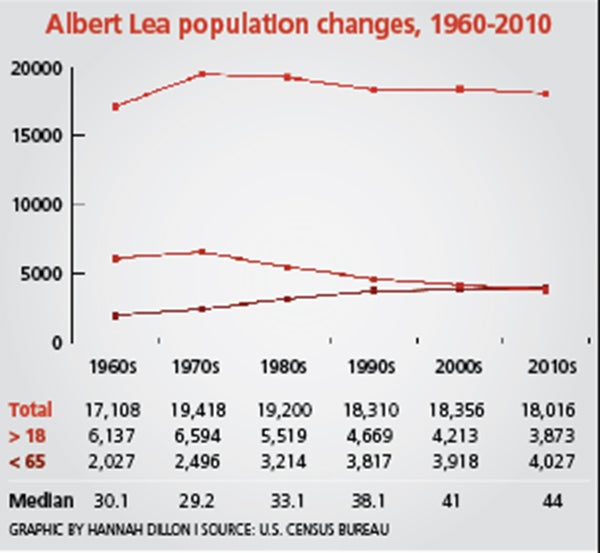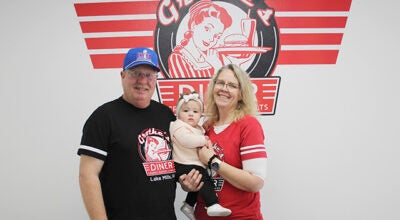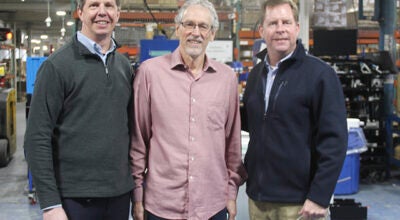Graduation, population changes contributing to workforce shortage
Published 10:58 am Wednesday, August 12, 2015
Smaller numbers of graduating seniors could be contributing to having less workers to fill jobs in Albert Lea.
There are 212 students in the Albert Lea High School senior class of 2016. This is the second smallest class presently in the district, with the smallest class being 11th grade, with 210 students, said Albert Lea Area Schools Superintendent Mike Funk.
Comparatively, the largest grades are second grade with 274 students, sixth grade with 267 students and 10th grade with 259 students.
Funk said typically about 20 students will leave school before getting into high school, so the class sizes for the elementary grades will change.
While the senior and junior classes at the high school are much smaller compared to the rest of the classes, Funk said there has been an overall trend at the district of a slight increase of attendance every year for the past three or four years.
This general trend of less younger people has been going on for decades in Albert Lea, and the state as well, partially due to the baby boom.
In the 1960s during the tail end of the baby boom, about 35 percent of Albert Lea’s population was below 18 — 6,137 residents out of 17,108, according to the U.S. Census Bureau. Statewide, however, just over half of the population was below 18. In contrast, about 11 percent of Albert Lea residents — 2,207 out of 17,108 — and about 10 percent of the state’s residents were over 65.
The number of residents under 18 has steadily dropped — a big drop from the 1960s to the 1970s statewide, where the number of residents under 18 dropped from 52 percent to just over 36 percent — and the number of residents over 65 has steadily climbed since then.

Albert Lea High School seniors line up to receive their high school diplomas Friday in the high school gym in 2014. – Colleen Harrison/Albert Lea Tribune
In Albert Lea, there were a few hundred more residents below 18 in the 1970s, but since then the number has steadily dropped. During the 2010 census, about 21 percent — 3,873 residents out of 18,016 — of Albert Lea residents were younger than 18. Twenty-two percent, or 4,027 residents, were over 65.
Now, the number of baby boomers is almost equal to the number of millennials in Albert Lea. Statewide, there are still more residents below 18, but the number has been dropping, and the number of residents older than 65 has been rising.
With the number of Minnesotans under age 18 dropping — and with millennials not having as many children as the baby boomers — the local workforce will be affected, Funk said.
“If there’s fewer kids, there’s a smaller pool to draw into the workforce,” Funk said, noting that a portion of each class will be leaving Albert Lea to go to college.
However, Albert Lea Area Schools are doing a few things on the high school level to introduce more students to the local workforce.
There is a Youth Apprenticeship Program that is going strong, Funk said. The Youth Apprenticeship Program matches students with local industry, such as Lou-Rich and other companies, and allows the students to get work experience while providing labor for the company.
Funk said there are other avenues for students to enter the workforce as well. Kathy Niebuhr, director of secondary programs at Albert Lea Area Schools, has been meeting with businesses since last spring, Funk said, to develop internships that aren’t as formal as the Youth Apprenticeship Program.
Funk also said representatives from the district meet with representatives from Riverland Community College and local industry on the Business Education Committee to see what can be done to get more students into local industry.
“What we have to do as a school system is to provide as many opportunities for these kids who aren’t going off to college to get them into the workforce,” Funk said.





